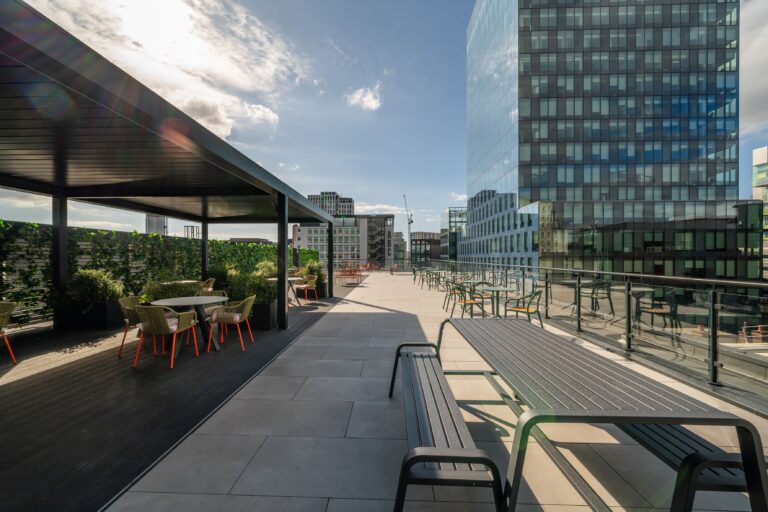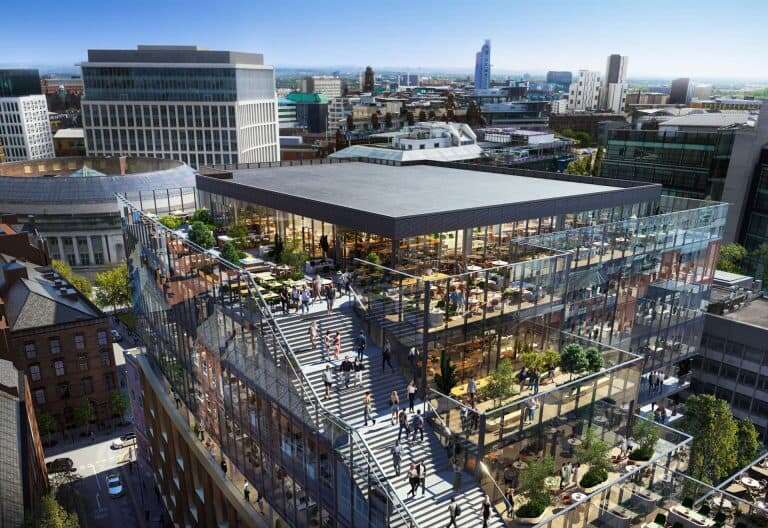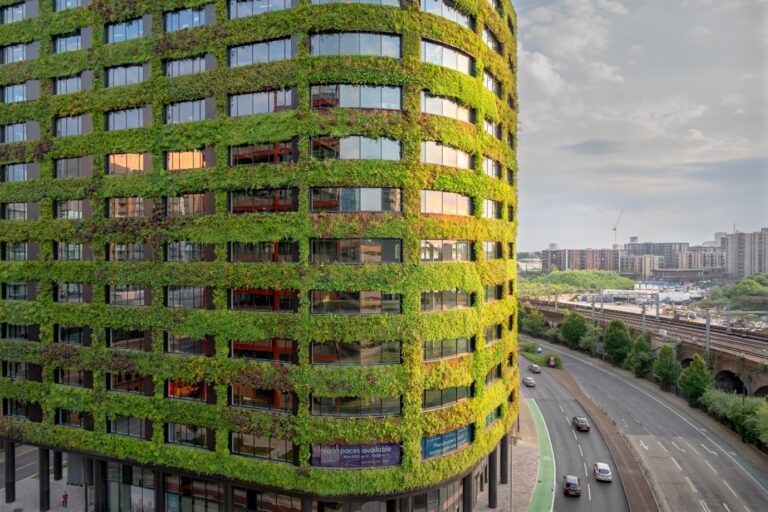Can 2016 match 2015 in property?
Will Lewis | 28 January 2016
These are busy times for everyone involved in property. The markets of the key regional cities had by and large, a good time of it in 2015. Birmingham saw some large scale investment deals, fuelling confidence among developers that new development will be welcomed, while Bristol’s year as European Green Capital saw some of the city’s projects under development snapped up by blue chip occupiers such as PwC and KPMG – calls for more speculative development are growing, while the city’s arena project has moved forward.
The extension of the Leeds market to the areas around and to the south of the railway station is placing the city in a healthy position looking forward, while in Liverpool a number of projects last proposed before the 2008 crash have re-emerged in new forms more likely to be useful to the city in a world that’s moved on.
In Manchester, the take-up figures for city centre office space mirrored almost exactly that of 2014, which given that was close to a record-breaking year, can be no bad thing. The city centre market saw just short of 1.3 million sqft transacted in just over 300 deals. We acted on the city’s largest deal, which saw NCC Group take 60,246 sqft in the groundbreaking XYZ Building.
But there is a key difference to 2014 – where in 2015, the overarching theme was one of major inward investments from the likes of Trader Media, Ford Credit and Towergate, the bulk of the 2015 activity has been down to major moves by indigenous occupiers.
Inward investment is always seen as the Holy Grail for regional office markets. Rather than “churn” of local occupiers, where the net gain of a deal can be minimal – for example, a firm taking 30,000 sqft in one building, but vacating 25,000 sqft in another, with few if any new jobs – it’s all new: new jobs, new business rates, new custom for surrounding retail and leisure. But major inward investments are rare indeed, and 2014 was the exception rather than the norm.
What 2015’s market shows us is the underlying strength of the city. The sort of companies that have signed deals for space in Manchester in recent months – EY, DLA Piper, PwC, Shoosmiths – are all operations with multiple locations. They don’t “have” to be in any given city, and the locations they choose in which to build headcount are constantly debated.
A lot of the deals being agreed in Manchester make an ambitious statement of some kind: Shoosmiths are being radical in approaching office design. EY is the first in at 2 St Peter’s Square. And although there’s only been one major inward investment, the fact that it is Magic Circle law firm Freshfields, which is opening a global client services centre, offers some proof that “north-shoring” is really happening.
So what can we expect to see in 2016? There’s a healthy pipeline both in terms of new buildings and quality refurbishments. There are six schemes currently on-site that will deliver just over 1 million sqft of space in the city centre. With confidence high that inward investment is once again on the menu, 2016 should be another big year for Manchester.
Related articles

Why Manchester’s Workers Are Fleeing Their Homes and Flocking Back to the Office
18 October 2024I remember sitting up in bed at university, about to log into my first online lecture. After a summer of lockdowns and minimal social interaction, getting back to university felt like a relief. While Covid had plenty of downsides, one silver lining seemed to be the end of mandatory in-person lectures. I rolled out of […]

Channel 4 signs on for St Michael’s
16 October 2024OBI is delighted to confirm that all of the office space at the forthcoming £120m Manchester office block from Gary Neville’s Relentless Developments has now been pre-let. Channel 4 has taken a 10-year lease for 12,293 sq ft at St Michael’s eighth floor, sharing half of the floor with Pinsent Mason. When the building completes […]

The New UK Net Zero Carbon Buildings Standard: What It Means for the Real Estate Industry
10 October 2024In 2020, OBI published a paper titled “Building Accreditations – A Developer’s Guide”. At the time, building design was evolving rapidly on the back of the pandemic, with landlords, investors and developers unsure which would be valued by the occupational market and the impact that they would have on rental value, void periods and the […]